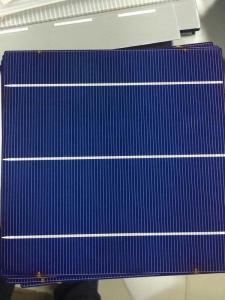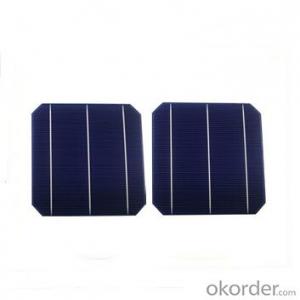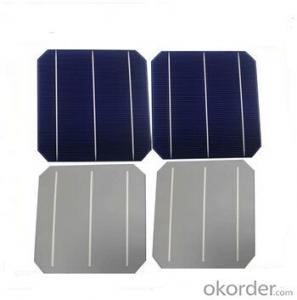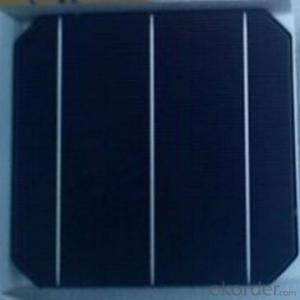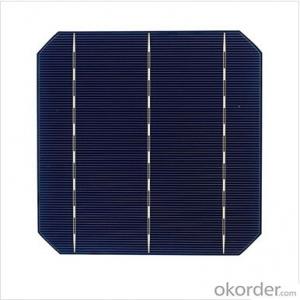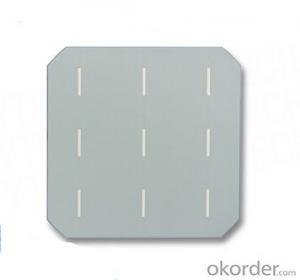Bacteria Solar Cells
Bacteria Solar Cells Related Searches
Except For Solar Cells Weegy Problems With Solar Cells High Power Solar Cells Light Trapping In Solar Cells High Performance Solar Cells High Output Solar Cells High Wattage Solar Cells Energy Transfer In Solar Cells High Efficiency Hvac Systems Recombination In Solar CellsHot Searches
Cheap Solar Cells For Sale Flexible Solar Cells For Sale Q Cells Solar Panels For Sale Printed Solar Cells For Sale Bulk Solar Cells For Sale 6x6 Solar Cells For Sale Broken Solar Cells For Sale Cpv Solar Cells For Sale Photoelectric Cells For Sale Price Of Silicon Solar Cells Price Of Solar Cells Over Time Buy Solar Cells From China Cheap Solar Cells China Best Type Of Solar Cells Flexible Solar Cells Price Q Cells Solar Panels Price 3 Types Of Solar Cells Production Of Solar Cells Common Types Of Solar Cells Q Cells Solar Panel PricesBacteria Solar Cells Supplier & Manufacturer from China
Okorder.com is a professional Bacteria Solar Cells supplier & manufacturer, offers integrated one-stop services including real-time quoting and online cargo tracking. We are funded by CNBM Group, a Fortune 500 enterprise and the largest Bacteria Solar Cells firm in China.Hot Products
FAQ
- Yes, solar cells can be used for powering water pumps. Solar cells convert sunlight into electricity, which can then be used to power various devices, including water pumps. This is a sustainable and efficient solution, particularly in areas with ample sunlight, where it eliminates the need for traditional energy sources or expensive infrastructure for electrical connections.
- Yes, solar cells are recyclable. The majority of their components, such as silicon, glass, and aluminum, can be recycled and reused to manufacture new solar panels. This helps reduce waste and minimize the environmental impact of solar cell disposal.
- Yes, solar cells can be used for powering remote military installations. Solar power provides a reliable and sustainable energy source that can be harnessed in remote areas where traditional power sources are inaccessible or impractical. Solar cells can generate electricity to meet the energy demands of military installations, reducing dependence on fossil fuels and improving operational efficiency. Additionally, solar power systems offer flexibility and can be easily deployed and maintained in remote locations, making them an ideal choice for powering military facilities.
- Yes, solar cells can be used in disaster relief efforts. Solar cells can provide a reliable source of clean and renewable energy, which is crucial during times of disaster when traditional power sources may be disrupted. Solar cells can power essential equipment and devices such as lighting, communication systems, medical equipment, and water purification systems, enabling relief workers to effectively respond to the needs of affected communities. Additionally, solar cells can be easily deployed and are not dependent on fuel supply or infrastructure, making them ideal for disaster-prone areas or remote locations.
- Yes, solar cells can definitely be used in off-grid systems. In fact, they are one of the most common and efficient sources of renewable energy for off-grid applications. Solar cells, also known as photovoltaic cells, generate electricity from sunlight and can be used to power various devices and systems in remote areas where there is no access to the electric grid. They are reliable, environmentally friendly, and can provide a sustainable energy solution for off-grid living or remote locations.
- Solar cells are designed to withstand dust storms or sandstorms to a certain extent. However, excessive accumulation of dust can reduce the efficiency of solar panels by blocking sunlight from reaching the cells. To address this, regular maintenance and cleaning of solar panels may be required in areas prone to dust storms or sandstorms. Additionally, some solar installations incorporate self-cleaning mechanisms or tilt the panels to allow for natural dust removal.
- Solar cells generally perform better in high altitude locations compared to lower altitude areas. This is because higher altitudes often have less atmospheric interference, such as pollution and cloud cover, which can obstruct sunlight. Additionally, the thinner atmosphere at high altitudes allows for more direct and intense sunlight, resulting in increased solar energy generation. Overall, solar cells in high altitude locations can harness more sunlight and produce higher energy output.
- Several factors can affect the output of a solar cell. The most significant factors include the intensity and angle of sunlight, the temperature of the cell, the efficiency of the cell's materials (such as the type of semiconductor used), and any shading or obstructions that may limit the exposure of the cell to sunlight. Additionally, the condition and cleanliness of the cell's surface, as well as the overall design and quality of the solar cell system, can also impact its output.
























